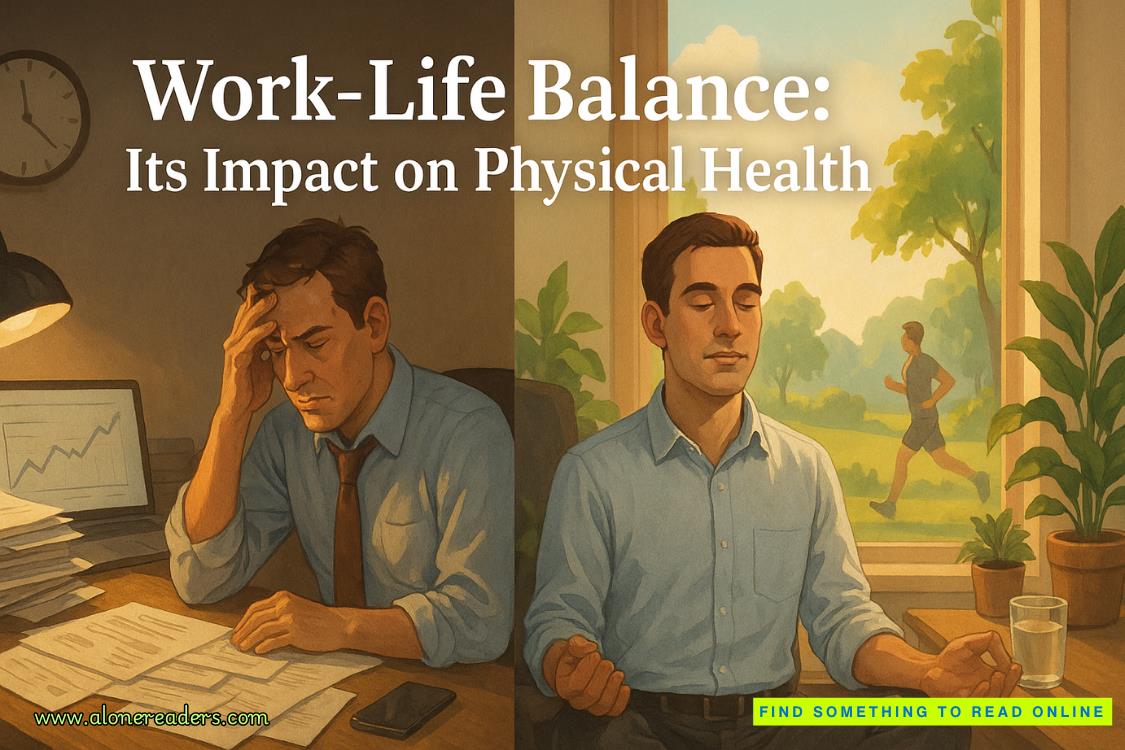Richard Nixon did meet privately with the leadership of the Mormon church in July 1970 (chapter 31). An unprecedented thirty-minute session behind closed doors. No one to this day knows the substance of that conversation, and all of its participants are deceased.
Montpelier, its garden temple, and its ice pit are real (chapters 33, 35, 40, 42). The pit itself is sealed, and I could find no photographs of its interior. So the addition of Roman numerals there was easy to concoct.
The Rhoades gold mine is, to this day, a part of Mormon history. The story of the mine, how it was found and exploited, is faithfully told in chapter 61. Such legend is attached to the mine that it’s hard to know what, if anything, is real. The map shown in chapter 18 is one of countless versions of the “real thing.” The story of Brigham Young melting all of the Mormons’ gold and transporting it west to California (chapter 61) for safekeeping is fact. Those 22 wagons did disappear. For this novel I merged the Rhoades Mine with the story of the lost Mormon gold and hypothesized that Brigham Young simply confiscated that wealth and recycled it back into the community (chapter 61), using the mine as a cover. It seemed logical, but there is no way to know if it is true. Gold coins, like the one described in chapter 61, were minted and still exist today. The place known as Falta Nada is wholly my creation.
This book deals with secession, an issue upon which the U.S. Constitution is silent. No mention is made anywhere of how a state could leave the Union. The definitive record of the constitutional convention is James Madison’s Notes of Debates in the Federal Convention of 1787. The speeches quoted in chapter 46 are from those notes. The wording is 90 percent accurate, the only addition being comments of a way out of the Union.
But Madison’s notes are indeed suspect.
They were not published until 53 years after the convention, once every participant in that gathering had died, and Madison openly admitted that he altered the account (chapter 25). What actually happened at the Constitutional Convention we will never know. So to say that secession is unconstitutional, or that the founders did not contemplate such a possibility, would be wrong. Yet that is exactly what the U.S. Supreme Court said in Texas v. White (1869). The portions of that opinion quoted in chapter 19 are excellent examples of this poorly reasoned opinion. But what else could the High Court have done? Rule the entire Civil War a waste of effort? That 600,000 people died for nothing?
Hardly.
The justices literally had no choice.
We, though, have a greater luxury.
The American Revolution was clearly a war of secession (chapter 9). The colonists’ goal was not to overthrow the British Empire and replace that government with something new. Instead, they simply wanted out. The Declaration of Independence was a statement of their secession (chapter 26). Why would the Founding Fathers fight a long bloody war and shake off the yoke of an autocratic king only to establish another autocracy under their new government?
The answer is clear.
They would not.
What preceded the Constitution was the Articles of Confederation and Perpetual Union, which lasted from 1781 to 1789—when they were summarily discarded and replaced by the Constitution of the United States.
What happened to that perpetual union?
Even more telling, the new Constitution mentions nothing about perpetual. Instead, its Preamble states: We the People of the United States, in Order to form a more perfect Union.
Was a more perfect Union meant to be nonperpetual?
An interesting question.
And, as noted in chapter 26, Virginia, Rhode Island, and New York, in their ratification votes for the new Constitution, specifically reserved the right to secede, which was not opposed by the other states.
Secession remains a hot topic, and all of the arguments Thaddeus Rowan considers in chapter 26 make good sense. The language quoted there from a Texas petition, signed by 125,000 supporters, is exact. And 125,000 real Texans signed that document in 2012. All of the polls noted can be found in news accounts. The actual legal path to secession—how it might be accomplished, as well as its political and economic ramifications (as described in chapter 50), were drawn from authoritative texts that have considered the issue. If a state seceded there would indeed be another court fight, a test of Texas v. White, but a decision this time could be vastly different, especially without a personality as strong and determined as Abraham Lincoln to navigate the outcome.
Lincoln is truly a man more of myth than fact.
The quote in the epigraph of the novel is a good example. There, he made clear that any people anywhere, being inclined and having the power, have the right to rise up, and shake off the existing government, and form a new one that suits them better. This is a most valuable—a most sacred right—a right, which we hope and believe, is to liberate the world. Nor is this right confined to cases in which the whole people of an existing government may choose to exercise it. Any portion of such people, that can, may revolutionize, and make their own of so much of the territory as they inhabit.
Lincoln absolutely believed secession legal.
At least in 1848.
But the myths about him say otherwise.
Every schoolchild is told that Lincoln freed the slaves with his Emancipation Proclamation. But nothing could be farther from the truth. What is said in chapter 7 about that effort is historical fact. At the time of that proclamation slavery was both recognized and condoned by the Constitution (chapter 7). No president possessed the authority to alter that. Only a constitutional amendment could make that change. And one eventually did, the Thirteenth Amendment, ratified long after Lincoln’s death.
Then there is the reason why Lincoln fought the Civil War in the first place. Myth says it was to end slavery. But Lincoln made his position clear in 1862 when he said, My task is to save the Union. I would save it the shortest way under the Constitution. If I could save the Union without freeing any slave, I would do it. If I could save it by freeing all slaves, I would do it. If I could save it by freeing some and leaving others alone, I would also do that. What I do about slavery, and the colored race, I do because I believe it helps to save the Union. What I forbear, I forbear because I don’t believe it would help to save the Union.
Again, his intent is beyond question.
And directly contrary to myth.
As president, Lincoln totally ignored what he said in 1848 and fought to establish, beyond question, that the South had no right to leave the Union. The peace talks referred to in chapter 60, at Hampton Roads in February 1865, happened. Lincoln himself was there, and when the South insisted on independence as a condition to peace he ended the discussion.
For Lincoln, the Union was non-negotiable.
John Kennedy said it best: The greatest enemy of truth is often not the lie—deliberate, contrived and dishonest—but the myth—persistent, persuasive and unrealistic.
The idea of an indivisible, perpetual union of states did not exist prior to 1861. No one believed such nonsense. States’ rights ruled that day. The federal government was regarded as small, weak, and inconsequential. If a state could choose to join the Union, then a state could choose to leave.
As noted in the prologue, James Buchanan, Lincoln’s predecessor, actually did pave the way for South Carolina to secede, blaming that act on the intemperate interference of the northern people with the question of slavery. Buchanan also voiced what many in the nation regarded as true: that slave states should be left alone to manage their domestic institutions in their own way. Northern states should also repeal all laws that encouraged slaves to become fugitives. If not, then, as Buchanan said, the injured states, after having first used all peaceful and constitutional means to effect redress, would be justified in revolutionary resistance to the government of the Union.
Strong words from our 15th president.
But things quickly changed.
Our 16th president believed in a perpetual union. One from which no state was free to leave.
> Here’s a fact, beyond the myth.
Lincoln did not fight the Civil War to preserve the union.
He fought that war to create it.















